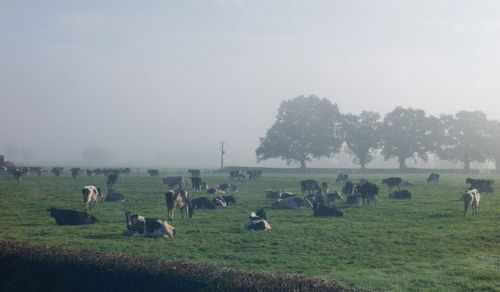
Dairy-bred beef needs to be championed rather than seen as second class, encouraging producers to milk the potential profit from an enterprise which accounts for half of all UK beef produced.
The Beef Expo 2012 will begin on May 24th at the Three Counties Showground in Malvern, Worcestershire.
The chairman of the NFU Beef Group believes the future of the industry is bright, "The long term signals for the future of the industry are encouraging. The beef sector is in a far better position now that it has been for a number of years" said Andy Foot.
In a dedicated Beef from the Dairy Herd area, event organiser the National Beef Association has teamed up with key industry partners to promote essential aspects of dairy-bred beef aimed at improving producers’ profits.
"As an industry we cannot afford to see the major contribution dairy-bred beef provides as a by-product, especially when Eblex figures show it is a major player in the supply of UK beef," says Chairman Paul Westaway.
"Nor should producers be made to feel second class - we want them to feel - and be - world class. The aim should be to have a supply of quality, healthy, productive and profitable cattle from dairy and beef herds."
The Beef from the Dairy Herd area will include several pens of live cattle, showing the wide range of different stock within dairy-bred beef enterprises. The NBA is also delighted with the large number of organisations and experts involved.
Jamie Robertson will be running a clinic to share his world class knowledge on ventilation in livestock buildings. XL Vets will give advice on calf health planning including vaccination. Meadow Quality and Blade Farming will explain options for calf rearing and cattle finishing. And Eblex will be providing both technical and economic advice.
According to Mary Vickers, Eblex senior beef scientist, the potential to improve margins is considerable, "between £20 and £40 can be added to the value of a dairy-bred beef animal by using semen from sires in the top 25% of their breed compared with below average sires. This is down to better feed conversion, fewer days to slaughter and higher carcase value," she explains.
"And the one critical step all producers should address is improving calf health. This pays dividend throughout the animal’s life but, like all livestock enterprises, dairy-bred beef is a system so no one part can be improved in isolation."
